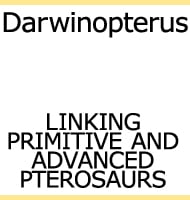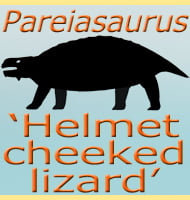In Depth
Hydrotherosaurus is comfortably placed within the Elasmosauridae, a group of plesiosaurs noted for having proportionately long necks. Also like these other genera, Hydrotherosaurus had long pointed teeth, but these seem to have projected more to the sides rather than just up and down. This however is quite a common feature seen in piscivorous (fish eating) animals where the outward pointing teeth actually increase the available catch area for trapping prey (just think catchers mitt). Palaeontologists do need to be certain before making such claims though, since this idea was also proposed for a genus of pliosaur called Simolestes. When first described Simolestes had outward pointing teeth, but then it was realised that the teeth were actually pushed out by the weight of the sediment above pushing down on them during the fossilisation process.
Hydrotherosaurus was described from fossils discovered in the Moreno Formation of California, with other plesiosaur genera from here including Aphrosaurus, Morenosaurus and Fresnosaurus. Interesting facts concerning these four genera is that not have all four of these plesiosaurs come from the Moreno Formation, but they were all described by Samuel Paul Welles and all in 1943. Other marine reptiles include the mosasaurs Plesiotylosaurus and Plotosaurus. At up to thirteen meters in length, Hydrotherosaurus was certainly one of the longest elasmosaurids, but still not as large as some other genera such as Elasmosaurus and Mauisaurus.
Further Reading
– Elasmosaurid plesiosaurs with a description of the new material from California and Colorado. – University of California Memoirs. 13: 125–254. – S. P. Welles – 1943.











